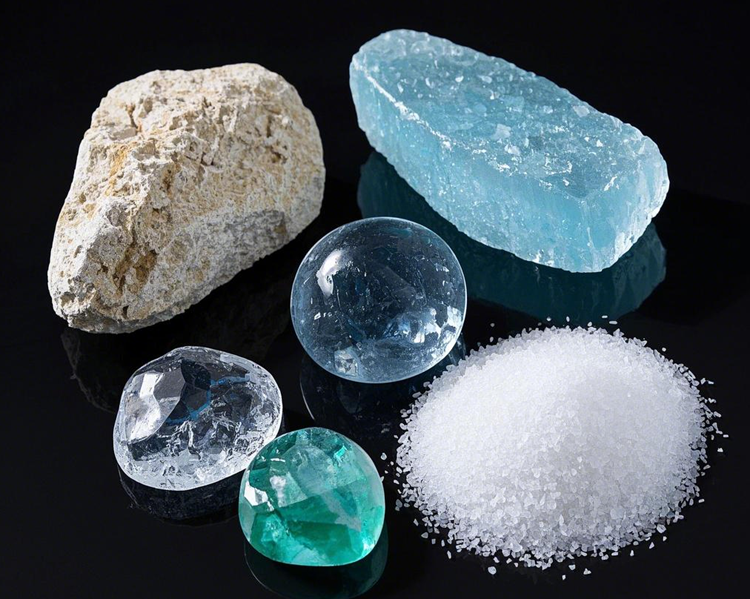Glass wool, as a widely used insulation material, occupies an important position in various fields such as construction and industry due to its excellent thermal insulation, sound insulation performance, and environmental protection characteristics. However, with the advancement of technology and changes in market demand, as a fiberglass insulation suppliers, we have been continuously optimizing the raw materials of glass wool to help customers obtain higher quality products. Today, let's explore the revolutionary changes in glass wool raw materials.
Limitations of traditional formulas
In the past, the production of resin bonded fiberglass wool mainly relied on the following raw materials:
Quartz sand
feldspar
dolomitic
Soda ash
borax
cullet
**Adhesive/XML schema

Although these raw materials can meet basic production needs, there are also some issues. For example, natural minerals such as quartz sand, feldspar, and dolomite contain many impurities, which not only affect the quality stability of glass wool, but also increase the complexity and cost of subsequent processing. In addition, excessive impurities may lead to a decrease in product performance, such as an increase in thermal conductivity and a decrease in durability.
Breakthrough in new formula
In recent years, with the continuous advancement of production processes and technologies, the raw material formula of glass wool has undergone significant changes. In the current formula, quartz sand, feldspar, and dolomite are no longer used, but focus on the following four core raw materials:
Soda ash
borax
cullet
adhesive
This new formula brings multiple advantages:
Higher purity: reduces impurities in natural minerals, resulting in higher purity of the produced glass wool. This means that the product is more stable in physical and chemical properties, and has a longer service life.
Better performance: The new formula of glass wool has lower thermal conductivity and stronger mechanical strength, which can maintain excellent insulation and sound insulation effects over a wider temperature range.
Significant environmental benefits: Due to reduced reliance on natural minerals, the new formula not only reduces the environmental impact during mining and processing, but also further promotes resource recycling by recycling broken glass.
Production efficiency improvement: The simplified raw material formula makes the production process simpler and more efficient, reduces complex pretreatment steps, thereby improving production efficiency and reducing production costs.
Practical application cases
Taking ISOKING as an example, we use the latest raw material formula to produce glass wool products and have achieved significant results. Our yellow, pink, and brown felt series products have received widespread praise in the market. Customer feedback shows that these new products have performed well in practical applications, not only improving the energy efficiency of buildings, but also saving customers a lot of energy expenses.
look into the future
With the continuous development of technology, the raw material formula of glass wool will continue to be optimized. Future glass wool may further reduce impurities on the existing basis and even explore the application of more new materials. We believe that through continuous innovation and improvement, glass wool will play a greater role in more fields and provide better insulation solutions for global customers.